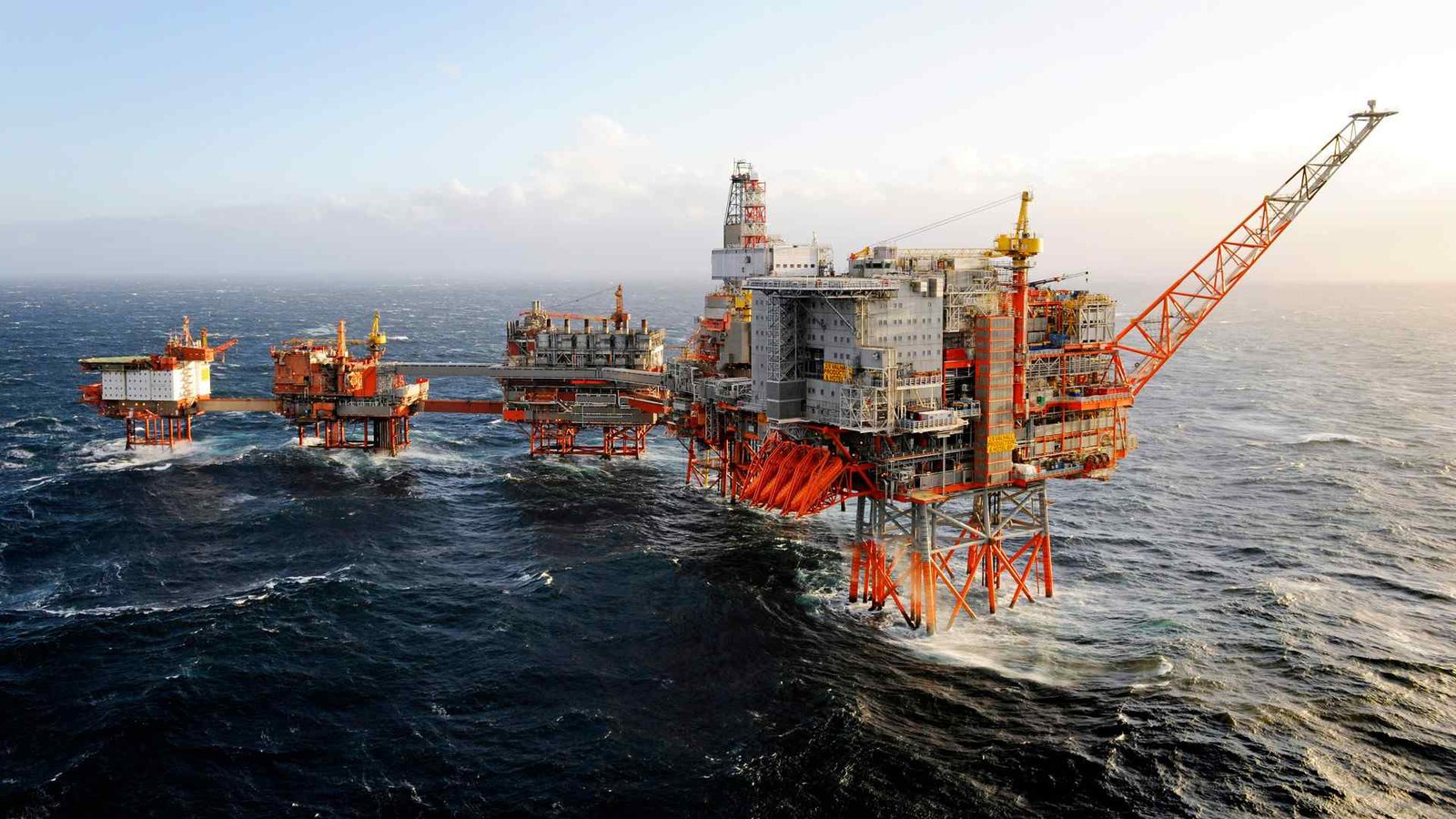In modern unexpectedly evolving power panorama, the exploration and extraction of oil and fuel from deep offshore environments have come to be critical. Deep offshore technology encompasses various advanced techniques and engineering answers designed to get entry to and extract hydrocarbons from depths that have been once considered inaccessible. This article delves into the intricacies of deep offshore generation, highlighting its key additives, demanding situations, and however the future outlook for this essential zone.
Deep Offshore Technology
Deep Offshore Technology (DOT) is a main offshore organization based totally inside the Persian Gulf. Recognized for its large operations at some point of the Middle East and increasing presence foreign places. Specializing in a numerous range of offshore set up projects, DOT excels in Marine Transportation, Heavy Lifting, Subsea Pipelaying, Cable laying, Salvage activities, Pipeline Replacement
Understanding Deep Offshore Technology
Deep offshore era refers back to the specialized equipment, methodologies, and techniques used to explore and extract oil and gas reserves located under the ocean ground at enormous depths. These depths normally exceed 500 meters (about 1,640 feet) and may make bigger down to several thousand meters. The development of this generation has opened up new frontiers for the electricity enterprise.However allowing get entry to to reserves that have been formerly economically or technically unfeasible to make the most.
Subsea Engineering
At the heart of deep offshore generation lies subsea engineering, a multidisciplinary discipline focused on designing and implementing system and systems that function underneath the sea’s floor. Subsea engineering integrates standards from mechanical, electric, and marine engineering to increase strong solutions able to withstanding intense pressures and environmental situations observed at deep-sea depths.
Key Components of Deep Offshore Technology:
Offshore Drilling Techniques
Offshore drilling techniques have developed drastically to fulfill the challenges posed through Deepwater environments. Advanced drilling rigs ready with dynamic positioning structures and blowout preventers are deployed to drill exploratory and production wells.However these rigs are capable of working in waters exceeding 1,000 meters (about 3,280 toes) deep, using specialised drilling fluids and technology to keep stability and integrity for the duration of operations.
Deepwater Exploration
Deepwater exploration entails the systematic evaluation of capacity oil and fuel reserves positioned underneath deep ocean waters. Geophysical surveys, along with seismic imaging and electromagnetic surveys, become aware of geological structures probably containing hydrocarbon deposits. Once experts pinpoint a prospective area, they initiate exploratory drilling to verify the presence and examine the commercial viability of the reserves.
Underwater Robotics
Underwater robotics performs a pivotal function in deep offshore operations by using allowing unique and efficient far flung intervention and inspection obligations. Remotely Operated Vehicles (ROVs) ready with excessive-definition cameras, manipulator palms. Specialised sensors are deployed to carry out complicated tasks inclusive of subsea infrastructure installation, preservation, and repairs. These robot systems lessen operational risks and fees associated with human divers even as offering real-time records and monitoring competencies.
Challenges and Innovations in Deep Offshore Technology:
Environmental and Technical Challenges
Operating in deep offshore environments gives severa challenges, along with intense pressures, corrosive seawater, and vicious climate situations. Designing device and infrastructure that may withstand these demanding situations requires innovative substances and engineering solutions. Additionally, making sure the protection of personnel and minimizing environmental effect are paramount considerations in deep offshore operations.
Marine Engineering Solutions
Marine engineering answers embody more than a few techniques aimed at mitigating risks associated with deep offshore operations. We contain superior structural evaluation, corrosion protection strategies, and rigorous safety protocols into designing and building offshore structures and subsea infrastructure. These answers beautify reliability and sturdiness whilst adhering to stringent regulatory standards.
Future Outlook and Sustainability
Advancements in sustainable electricity practices and technologies closely shape the destiny of deep offshore era. As international power call for maintains to upward thrust, deep offshore reserves provide a enormous potential source of hydrocarbons. However, the enterprise is increasingly more that specialize in decreasing carbon emissions, enhancing strength performance, and exploring opportunity strength assets to ensure long-term environmental sustainability.
Regulatory Compliance and Safety
In the realm of deep offshore generation, regulatory compliance and safety are paramount. Operating in challenging environments which include deep-sea oil rigs demands strict adherence to global maritime and environmental guidelines. Rigorous protection protocols, which includes specialised training for personnel and stringent system protection, mitigate risks related to excessive-strain and corrosive conditions.
Compliance guarantees the safety of both employees and marine ecosystems, aligning with enterprise requirements for sustainable offshore operations. By prioritizing regulatory adherence and safety measures, deep offshore technology corporations uphold operational integrity. Make contributions to safer, environmentally responsible energy extraction practices.
Conclusion
In conclusion, deep offshore generation represents a pivotal advancement inside the exploration and extraction of oil and gasoline assets from deep-sea environments. Through the combination of subsea engineering, offshore drilling strategies. Underwater robotics, the enterprise keeps to push the limits of what is viable in strength extraction. As technological improvements preserve to adapt and environmental considerations benefit prominence,However the destiny of deep offshore era guarantees to be both difficult and transformative.
By leveraging superior engineering answers and sustainable practices, the deep offshore zone will play a critical role in assembly global power needs whilst addressing environmental stewardship in the years to come.
FAQs
1. What Is Deep Offshore?
Deep offshore refers to oil and gasoline exploration and manufacturing sports carried out in oceanic regions with water depths normally exceeding 500 meters (approximately 1,640 feet).
2. What Depths Are Considered “Deep Offshore”?
Deep offshore usually refers to water depths more than 500 meters (approximately 1,640 toes) wherein oil and gasoline exploration and production sports take area. However these depths present vast technical and operational challenges in comparison to shallower offshore areas.
3. Can Deep Offshore Fields Be Reused For Other Purposes?
Yes, they can be used for CCS or transformed into artificial reefs.
4. Is Deep Offshore Technology Environmentally Friendly?
Deep offshore era offers environmental challenges due to potential spills and habitat disturbance. Advancements goal to decrease impacts via stricter rules and cleaner extraction methods, but environmental friendliness relies upon on continued improvement and adherence to quality practices.
For More Blogs Click Here.





